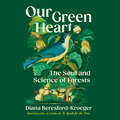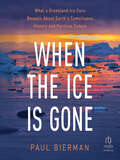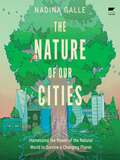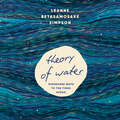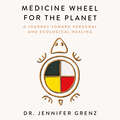Service Alert
Le service CD se termine le 31 juillet 2025
Les livres audio et magazines audio du CAÉB sont disponibles via le service de Téléchargement direct et via fichiers zip téléchargeables. Nous n'envoyons plus de CD par la poste. Contactez-nous pour plus d'informations.
La page Étagère Téléchargement direct temporairement indisponible
Certains utilisateurs éprouvent des difficultés intemittentes dans l'accès aux titres sur leur étagère Téléchargement direct, que ce soit en utilisant un lecteur DAISY, une appli, ou un appareil Alexa. Nous travaillons à résoudre le problème et nous excusons de l'inconvénient.
